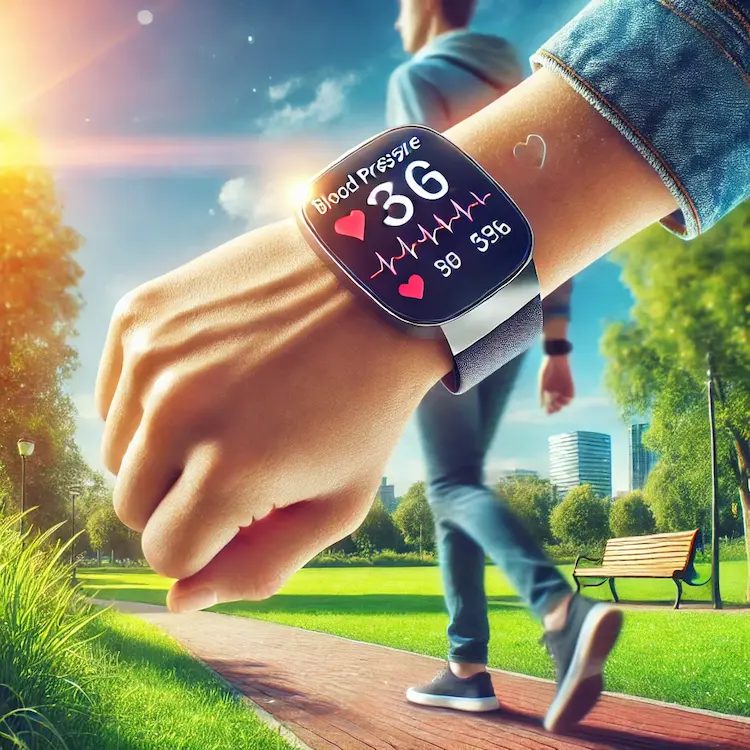Blood pressure measurement is an essential aspect of managing cardiovascular health. Despite its importance, many patients lack a clear understanding of how and why it should be measured correctly. This guide aims to provide well-researched information to help patients grasp the fundamentals, importance, and best practices for monitoring blood pressure.
Blood pressure (BP) reflects the force exerted by circulating blood against the walls of blood vessels. It is a vital sign that can indicate overall cardiovascular health. High blood pressure (hypertension) and low blood pressure (hypotension) can lead to serious health conditions like heart disease, stroke, and kidney failure.
| Category | Systolic (mmHg) | Diastolic (mmHg) |
|---|---|---|
| Normal | <120 | <80 |
| Elevated | 120-129 | <80 |
| Hypertension Stage 1 | 130-139 | 80-89 |
| Hypertension Stage 2 | ≥140 | ≥90 |
